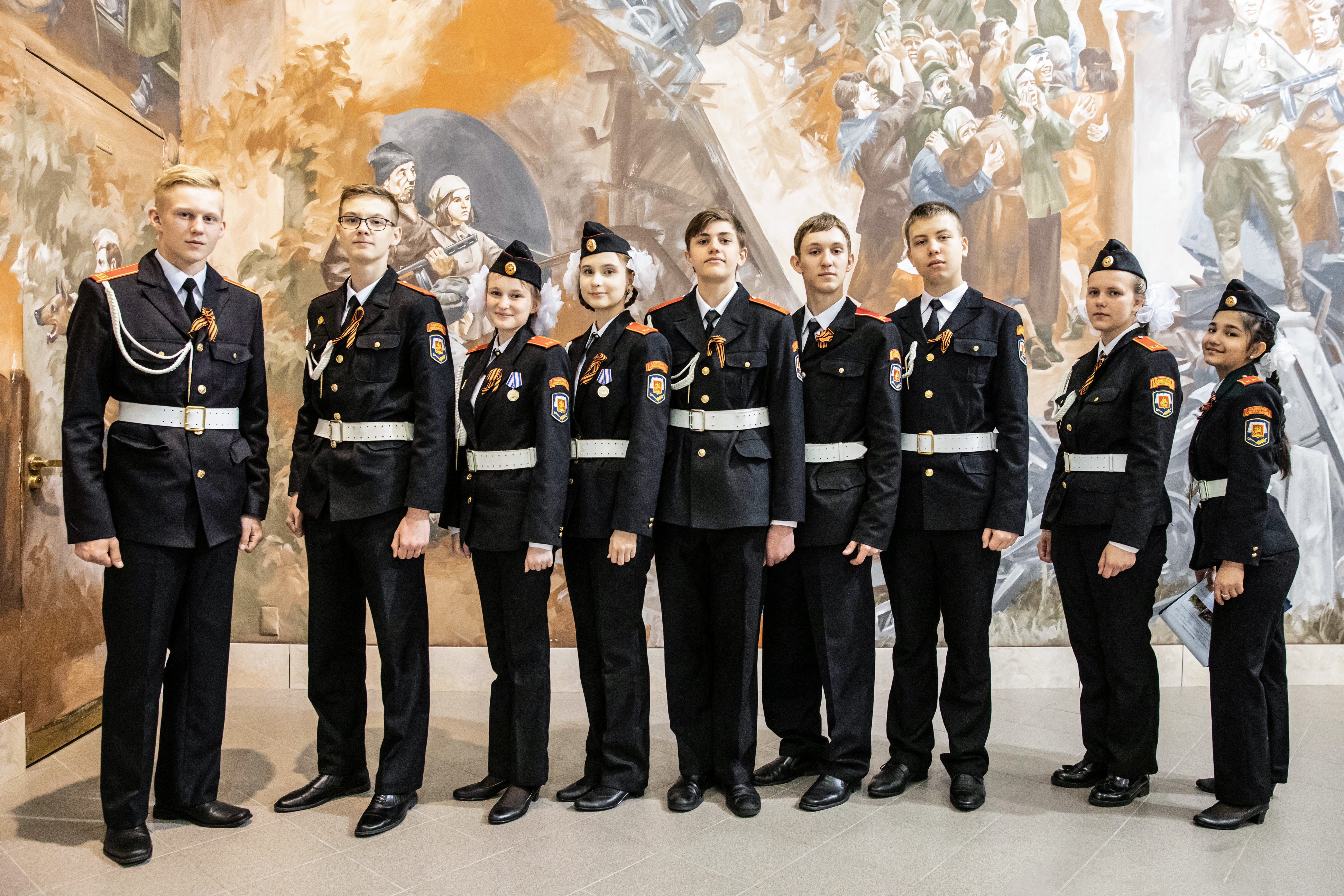
Ernest Bloch’s music continues to resonate

A worldwide music festival commemorating the 50th anniversary of Swiss composer Ernest Bloch's death is taking place throughout 2009.
From Los Angeles to Lugano, London to Lisbon, musical organisations large and small will be honouring Ernest Bloch as one of the truly significant voices in 20th-century western music.
swissinfo spoke to Bloch enthusiasts and music critics at London’s Wigmore Hall, just one of the venues holding the many solo recitals, concerts and lectures planned over the coming months.
Alex Knapp of the International Ernest Bloch Society said the London concert was an opportunity to hear works by Bloch rarely heard today, yet which when first performed more than 80 years ago “had a massive impact on the musical world”.
Bloch composed an enormous range of vocal, choral, instrumental and orchestral works. Many pay homage to his Jewish heritage and he is often thought of purely as a Jewish composer. His most famous and most performed work is probably Schelomo, the rhapsody for cello and orchestra.
But it would be overly simplistic to label him in this way. Bloch was also very interested in late French and German romantic styles and displayed Chinese, American and even Gregorian influences.
The Swiss Alps close to his childhood home in Geneva, where he returned on many occasions in later life, also feature strongly and are the source of inspiration for a number of his works, the largest of which was the symphony Helvetia, which he composed in 1929.
The composer is reported to have dedicated it to Switzerland, writing in 1932, “I wanted to portray the Switzerland of yesteryear, which the great painter Ferdinand Hodler has admirably illustrated. This work should evoke not the present time, but the past, of a small nation fighting for its liberties and its independence”.
Early success
Bloch enjoyed relative success during his years in Switzerland as a conductor and teacher, but America brought him worldwide recognition as a composer.
He first travelled to New York in 1916, partly because work in Europe had started to dry up and with a wife and three children to support, he needed money and a steady job to get him through.
When Bloch arrived in America he wasn’t well known, although people spoke very highly of Schelomo.
It took only a matter of months for him to receive the recognition he deserved. By 1917 his self-described Jewish Cycle was having a big impact on audiences and concerts were being performed devoted exclusively to this music.
A further breakthrough came in 1923 as his Piano Quintet Nr 1 wowed concert-goers and critics alike, consolidating his reputation further in the US and across Europe. It soon became part of the standard chamber music repertoire in America.
Learning from the masters
Bloch had a passion for learning and would pore over the works of the great masters. Bach, Beethoven and Brahms were his great heroes and he continued to learn from them throughout his life.
“He would do very complex analysis of manuscripts,” explains Knapp, “for example, he studied Beethoven’s Eroica Symphony in minute detail, colour-coding the various melodic strands, the forms and structures that appear in that symphony.”
Helen Johnston who was his secretary and private student in composition during the last 13 years of his life recalls how this fascination with the great masters continued into old age.
“He left behind hundreds of pages on all of J. S. Bach’s fugues from the Well-Tempered Clavichord, all of which he had memorised on paper early in his career. This was a discipline that he observed throughout his life, not only to stimulate his own mind, but to demonstrate his insistence that the works of the great masters of the past were ‘our only real teachers’.”
Ernest Bloch’s thirst for knowledge also covered a wide range of subjects beyond music. “He would fill books with annotations,” says music critic and broadcaster, John Amis, “and sometimes the book got so loaded with side notes in the margins he would go out and buy another copy of the book to write more annotations.”
Service to others
Bloch was an ardent humanist and believed that his gift – composition – should be used in service to humankind. This service also came in the form of teaching and his lectures were always well attended and received.
“I think the first year Cleveland Institute of Music opened, Bloch had something like seven students,” recalls John Amis. “The next year, there were as many as 50 enrolled and the following year numbers were in the hundreds.
“So he must have been a damn good teacher and a magnetising person.”
Bloch did not want people to imitate him or to write music his way. Students should aim to make their own music better.
He was much revered for bringing out the best in his students, some of whom like Roger Sessions and Bernard Rogers went on to become prominent composers.
Bloch continued composing throughout his life but was never able to re-capture the public’s imagination as he did during the 1920s. Although he emigrated to America in 1916, taking US citizenship eight years later, he never forgot his Swiss roots.
“When he spoke of Switzerland,” recalls his grandson Ernie Bloch II, “it was about the majestic mountains, the feelings of peace and closeness to nature.”
And one year before his death, in one of his last letters to his sister in Switzerland, Ernest Bloch wrote, “I would like to have the strength, the opportunity, to die in my native country, near to the people I love and who love me.”
Andrew Littlejohn in London, swissinfo.ch
Ernest Bloch was born in Geneva in 1880.
He took up the violin at the age of nine and quickly proved himself to be a prodigy. However, he soon found his true musical calling was in composing.
He studied in Geneva with the noted Swiss composer Emile Jaques-Dalcroze and then travelled to Belgium to study under the famous violinist composer Eugene Ysaÿe. It was while at the Brussels Conservatoire that it became apparent his direction should move away from violin towards composition.
In his early twenties he travelled around Europe, studying in Frankfurt, Munich and Paris, before returning to Switzerland, where he married Marguerite Schneider in 1904.
Bloch had been extremely well taught in his youth and started to hone his own skills as a teacher at the Conservatoire in Geneva, where he taught aesthetics between 1911 and 1915. It was during this time he also composed his only opera, Macbeth in 3 acts.
In 1920, he was appointed the first Musical Director of the newly-formed Cleveland Institute of Music, a post he held until 1925. Following this he was director of the San Francisco Conservatory of Music and he also taught at the University of California.
In 1941 he moved to the small coastal community of Agate beach, Oregon and lived there until he died of cancer in 1959.

In compliance with the JTI standards
More: SWI swissinfo.ch certified by the Journalism Trust Initiative
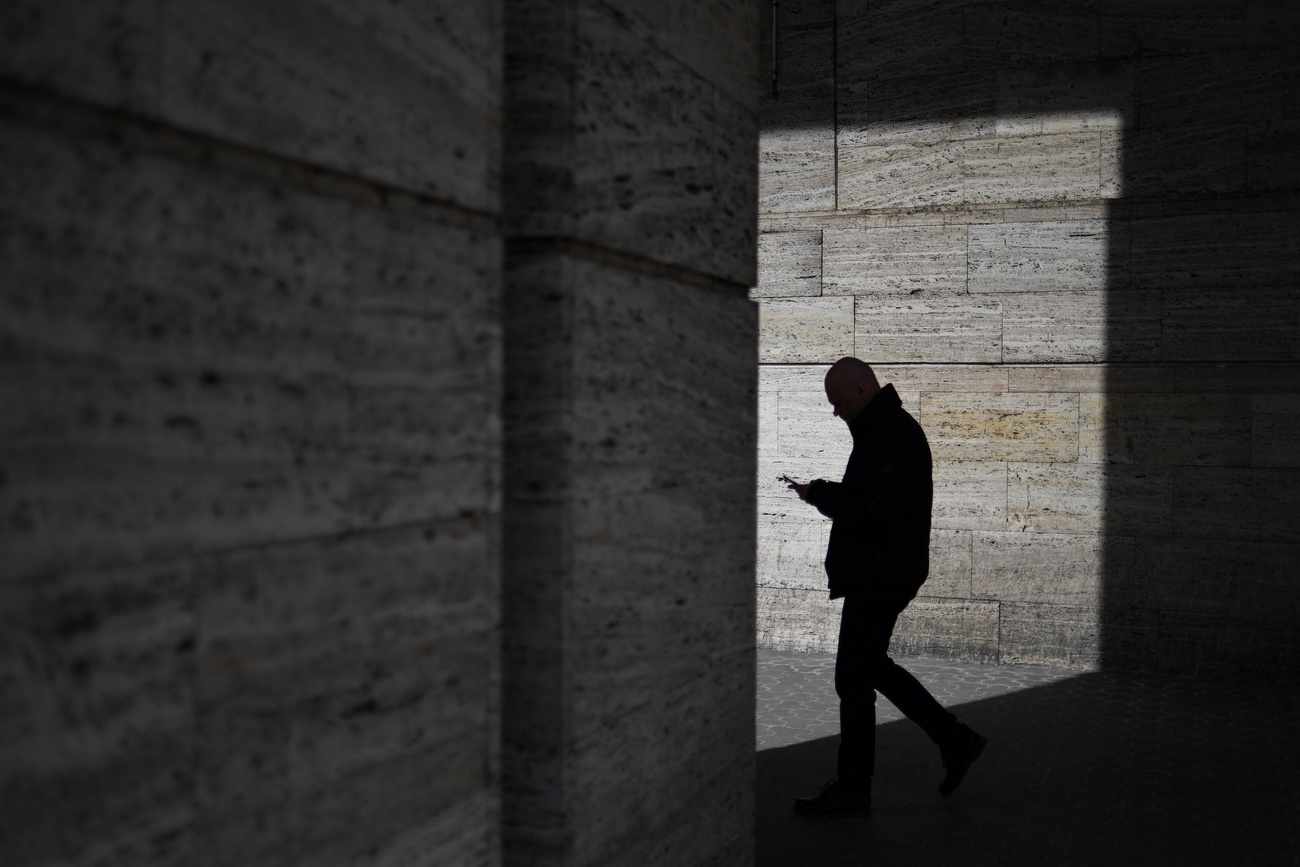







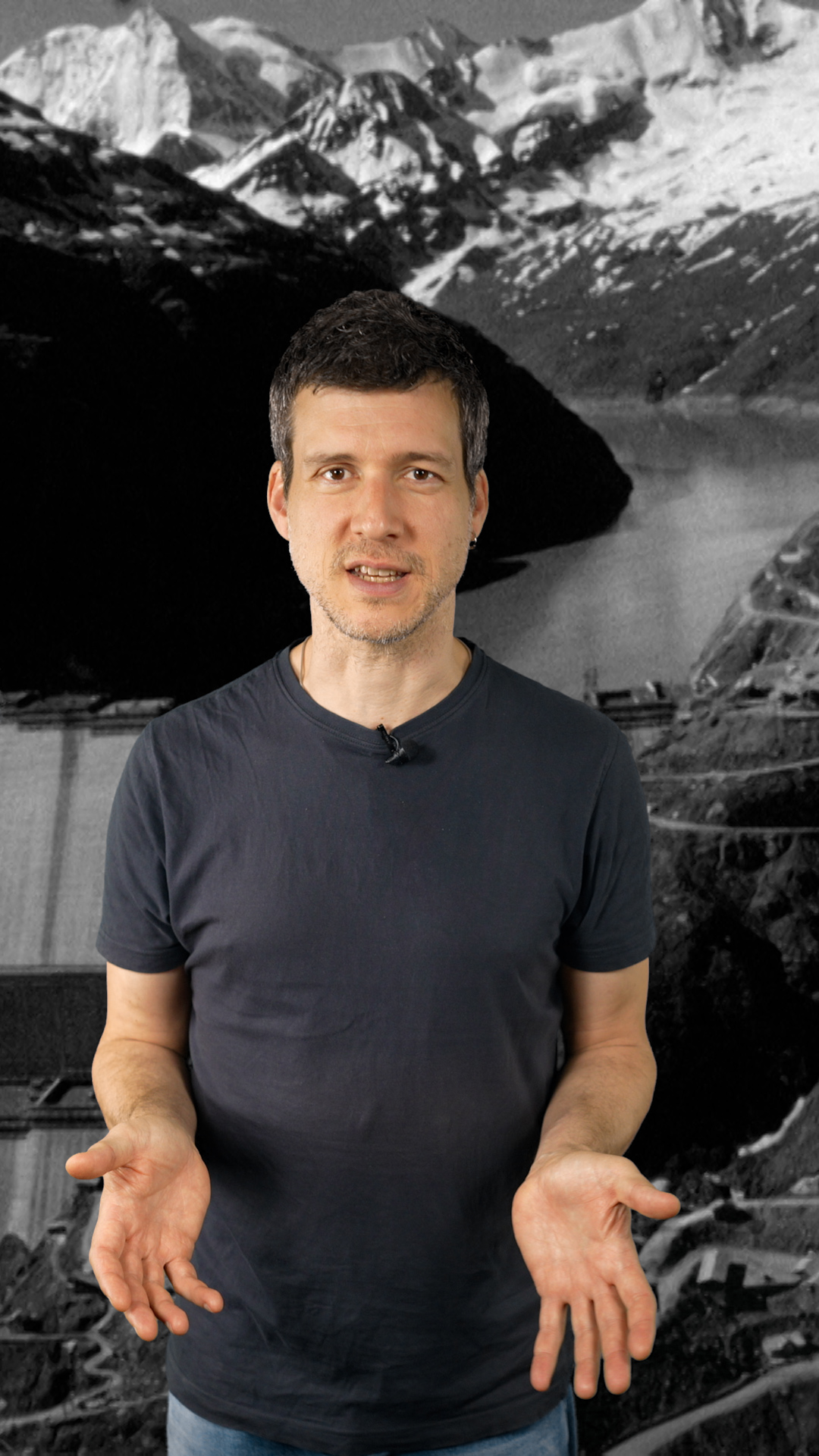







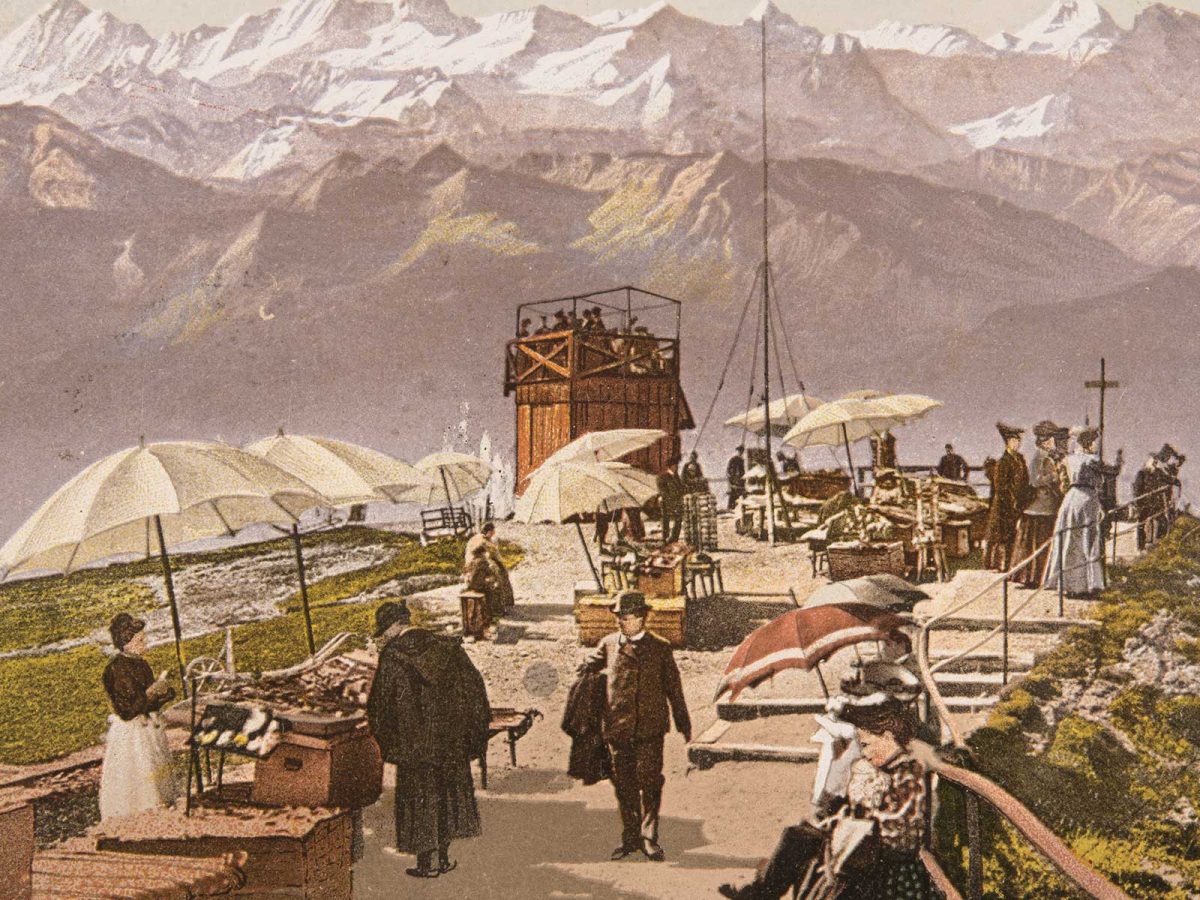










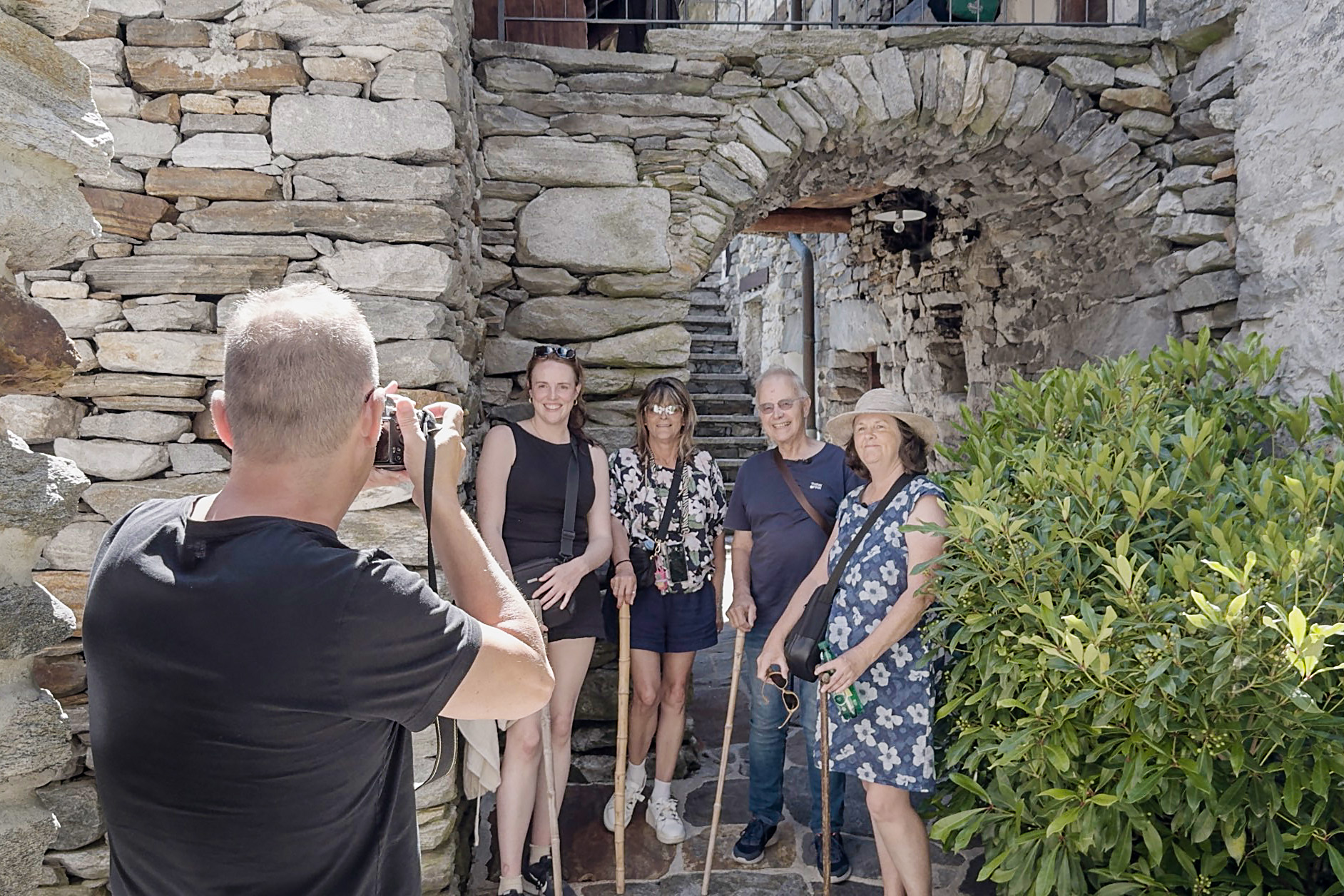


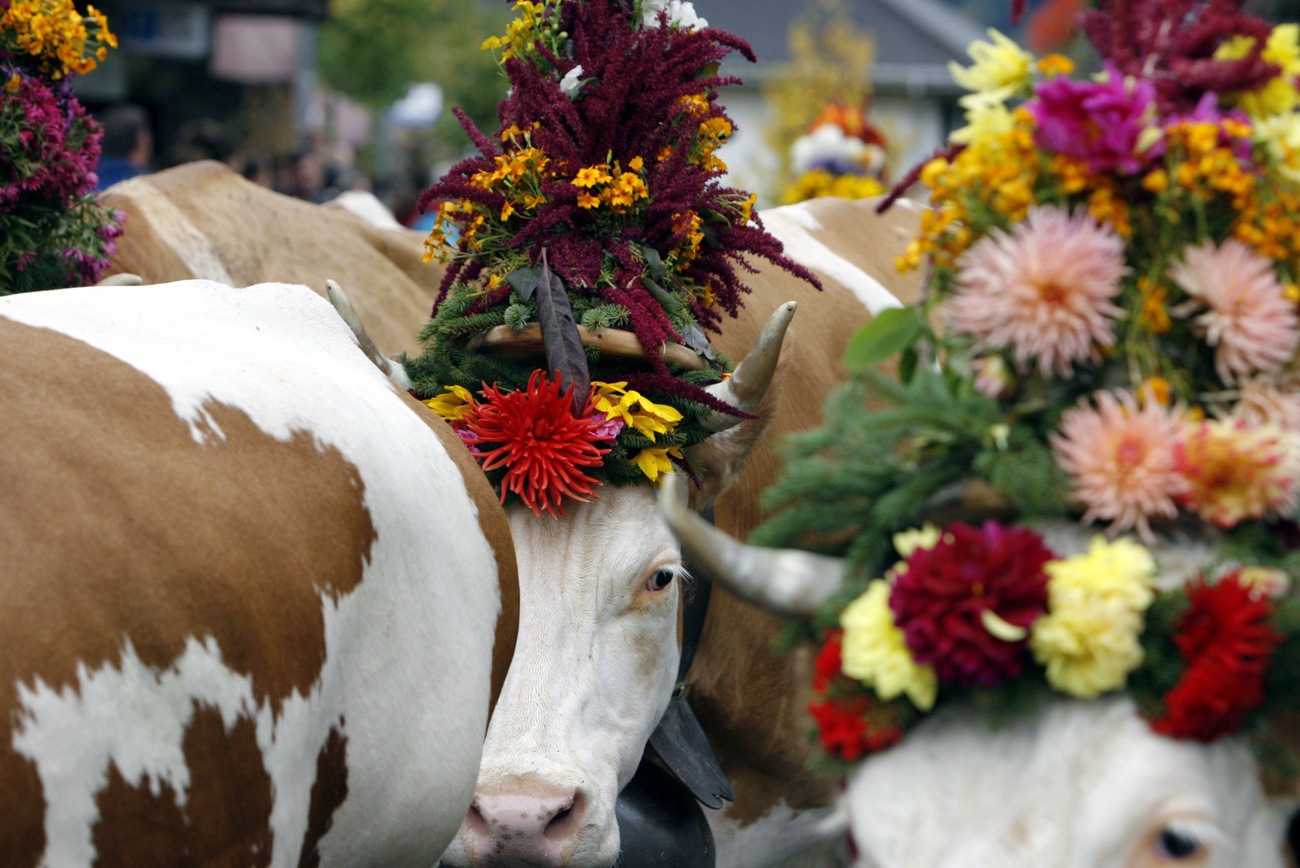





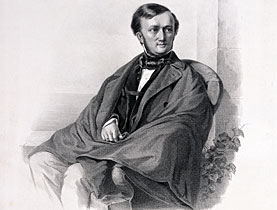

You can find an overview of ongoing debates with our journalists here . Please join us!
If you want to start a conversation about a topic raised in this article or want to report factual errors, email us at english@swissinfo.ch.